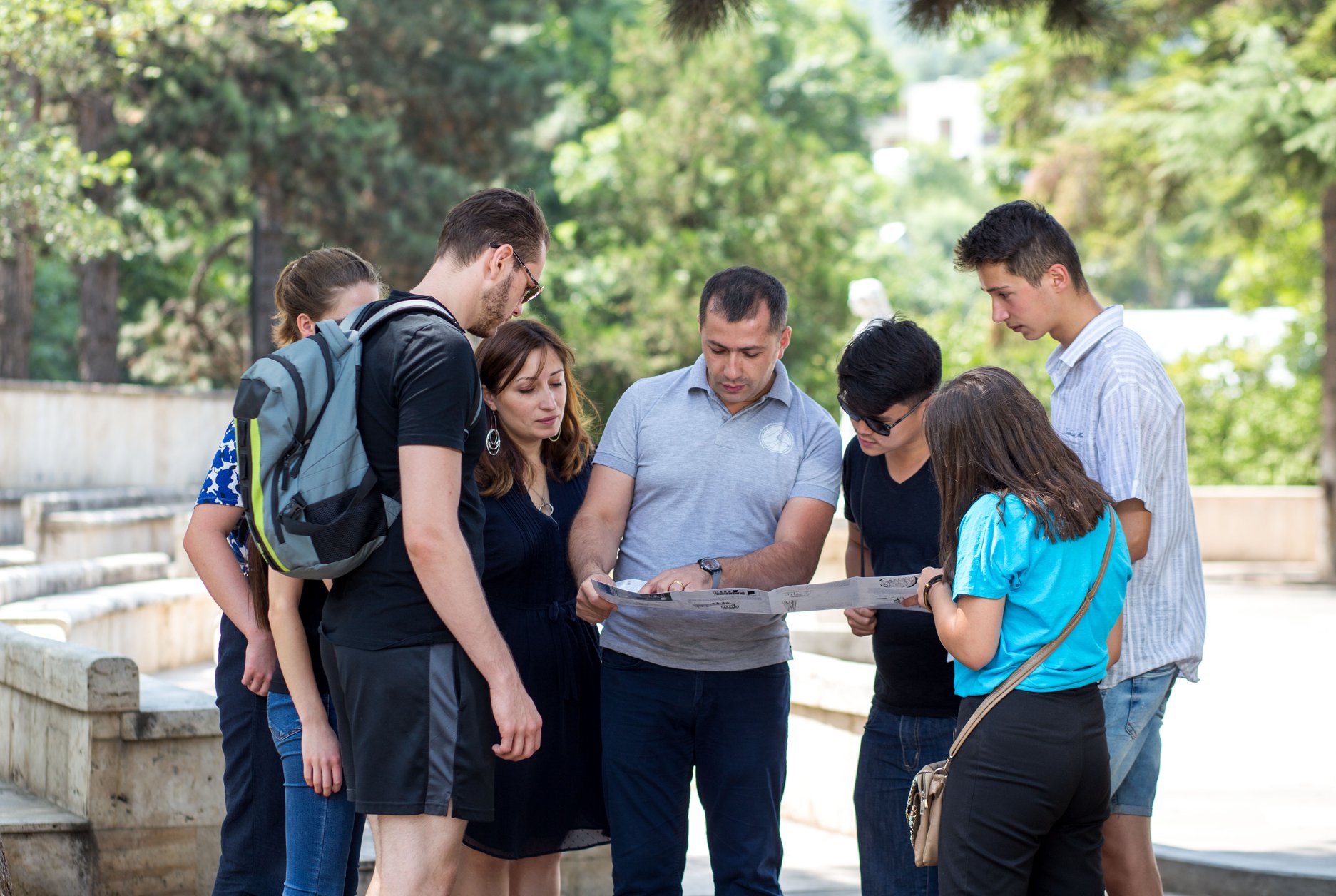
The Voluntary Visitor Contribution: A Small Fee with Big Potential
How can visitors voluntarily contribute to your destination and not individual businesses? Will asking for that voluntary fee discourage your guests from returning?
These were questions asked and answered as part of Solimar’s Virtual DMO Development learning session on voluntary visitor contribution fees. In previous learning sessions, tourism leaders learned about the variety of methods for collecting funds for their destination or DMO. Topics explored included:
- government budget allocation,
- business voluntary contribution,
- bed taxes, and
- tourism improvement districts.
These methods for collection all have the government as a shared handler of funds. A Visitor Voluntary Contribution Fee, on the other hand, boasts no government involvement.
How Does a Visitor Voluntary Contribution Fee Support Tourism?
This method uses a voluntary fee placed on the visitor’s bill at individual business within the destination, such as restaurants, hotels and shops. The fee is likely to be relatively small, usually less than one dollar or 1% of their total bill. From here, the DMO collects the fees from the individual businesses, after which the DMO’s Board of Directors delegates the funds accordingly to enhance the destination’s management and marketing efforts.
Despite apparent similarities, this Visitor Voluntary Fee is not and does not operate the same as a DMO Membership Plan. Whereas a membership plan charges an annual fee, the small fee (that $1 or 1% of the bill) is paid by the visitor, not the business. The business is only where the fee travels through for this fund. While a membership plan offers specific benefits to the businesses involved, the funds collected from the Voluntary Visitor Fee benefit the entire destination. Thirdly, the main idea behind a membership plan is to bring the industry together rather than serving as the main source of revenue for the DMO.
Although a Voluntary Visitor Contribution Fee has great potential, a few prerequisites must be completed before it can work effectively. Ultimately, business buy-in a key for this fund. As the businesses begin collecting this fee which you promise them will benefit the DMO and destination as a whole, they need to be able to trust that the DMO (and its board of directors) are going to do what is best for the destination as a whole.
To reinforce the trust businesses have in a DMO and its use of the funds, an agreement is still very important. Not only can it offer security and peace of mind, it stands as an official record of the agreement with specific details regarding how much they’ll collect, how to pay the fee to the DMO, and the specific terms of the fund’s agreement.
Once the agreement has been decided upon by all parties, the next step is deciphering how to communicate the Voluntary Visitor Fee to guests. This final step of establishing a Voluntary Visitor Fund tackles the ‘why.’ When it comes to paying an extra fee, it seems most travelers are willing to pay the fee. Still, they want to know that their contribution is going to support a destination, not an individual business. It is important to determine the correct way to present this fee.
How do you market the benefit of tourists paying this extra fee? Think about what makes travelers feel good about paying to visit a destination. What will the impact be if this fund is successful? How many jobs will you create? How many peoples’ lives does it have the potential to impact? Answering these questions will help you determine your strategy to market this extra $1 or 1%.
To learn more about this topic, Solimar interviewed Cheryl Kilday of the North Myrtle Beach Chamber of Commerce. She identified the fear DMOs have that the additional fee might discourage guests. This may be more common with guests coming from outside the United States, or from areas without local tax who may not be accustomed to seeing these extra fees on their bills. She says those who pay the fee usually don’t even ask about it, but the best practice for businesse is to be willing to explain and have a conversation about this voluntary contribution. “As long as we can give [the consumer] a solid answer that we’re doing good things with the money that’s benefitting their visitor experience, then that’s all that matters,” she explained. “If they know that it’s helping their visitor experience and you’re doing something to make it a sustainable tourism destination and that they’re going to have a great time there, and that their impact is part of what they’re able to help manage, then I think they recognize that.”
To solidify our understanding that the destination can be a community between your DMO and those contributing, Cheryl Kilday left the DMO Development Course participants with a final suggestion: “Be visible. Be real. Get to know your destination through the eyes of your partners, as well as your visitors. Don’t forget to visit your destination!”
Including this Voluntary Visitor’s Fee gives your businesses a chance to stand as a support beam for the destination they are part of, and it gives visitors the opportunity to make a positive impact on the destination which made a positive impact on them.
